A tiny, though brightly colored, and therefore, eye-catching member of this fly-catching species!
Meet the Black And Orange Flycatcher
“Black-and-orange Flycatcher” by Mike Prince is licensed under CC BY 2.0.
The black-and-orange flycatcher (Ficedula nigrorufa) or black-and-rufous flycatcher is a small though colorful sexually dimorphic songbird measuring 11 to 13 cm in length weighing in at 7 to 10 grams. The male wears orange plumage with black wings giving rise to this bird’s obvious name.
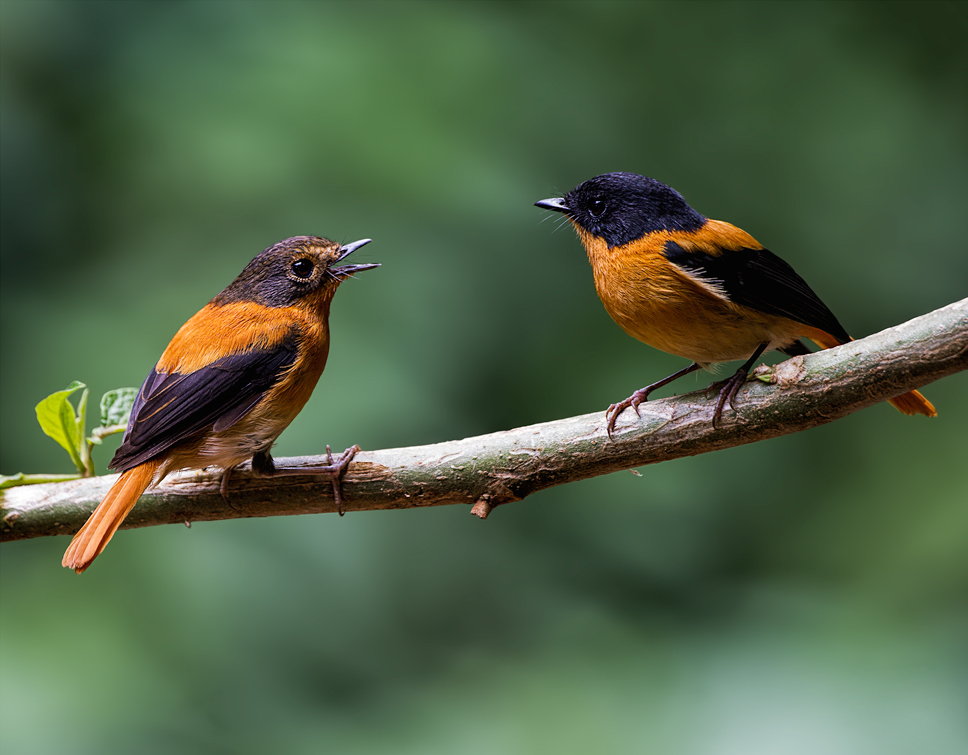

“File:A Pair of Black and Orange Flycatcher by Antony Grossy.jpg” by Antony Grossy is licensed under CC BY-SA 4.0.
The female wears a dark brown head instead of brown wearing lighter orange eye-ring.
Younger birds are more of a more brownish orange with a whitish ven and belly. Their heads have dark streaks and their wings appear more blue than black.
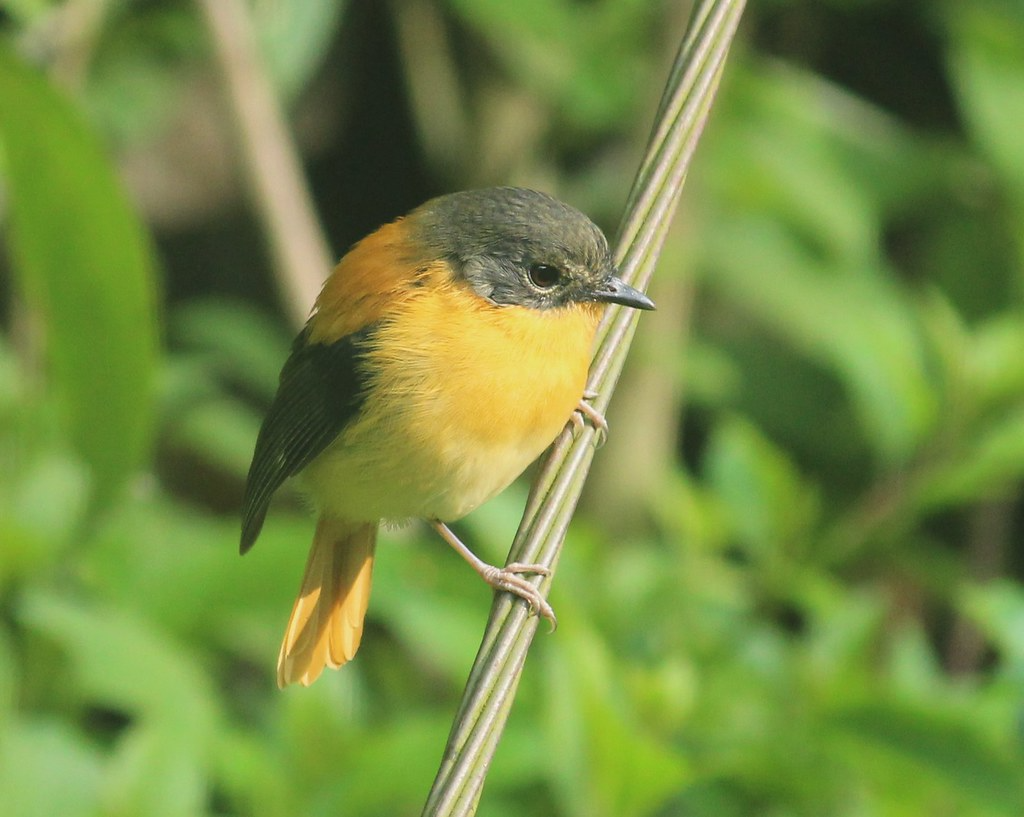

“black-and-orange flycatcher or black-and-rufous flycatcher (Ficedula nigrorufa)” by haneesh is marked with CC0 1.0.
These birds are endemic to and can be found in the central and southern Western Ghats, the Nilgiris and Palni hell ranges in the south of India.


“Black and Orange Flycatcher (Male)” by AntoGros is licensed under CC BY 2.0.
They live at higher elevations above 1500 meters in areas with lots of leaf litter and undergrowth in open shola grassland habitats.
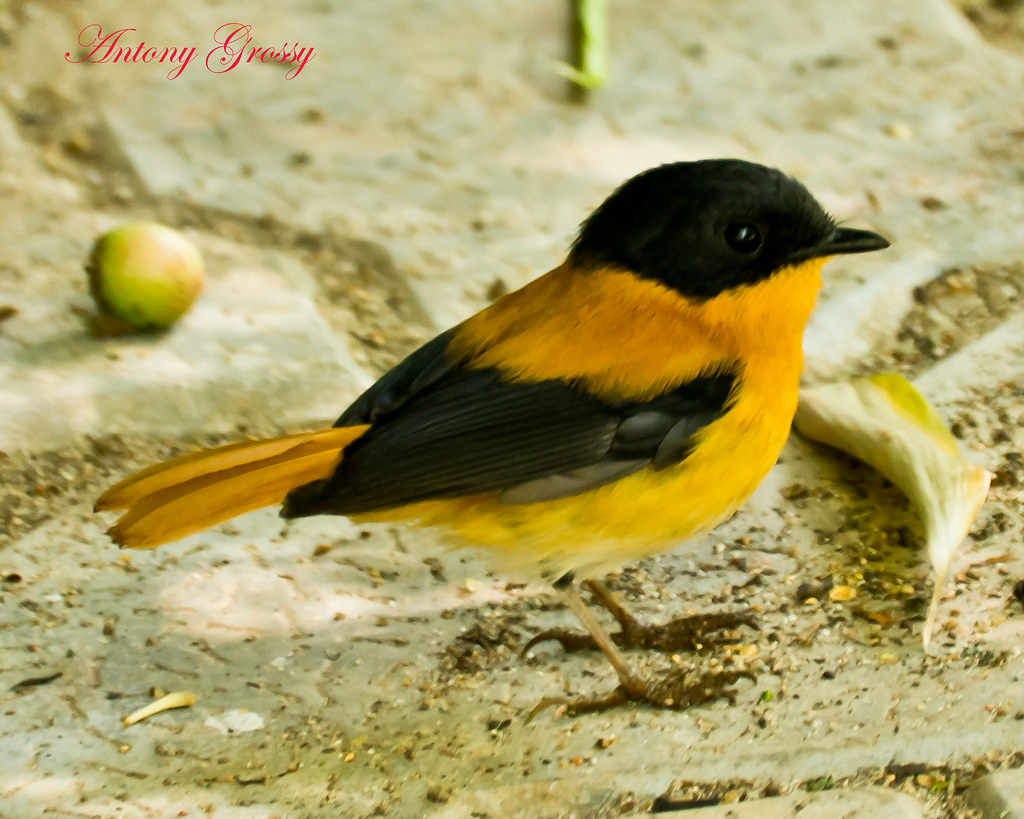

“Black and Orange Flycatcher (Male)” by AntoGros is licensed under CC BY 2.0.
These birds dine primarily on insects that they catch at or near ground level.
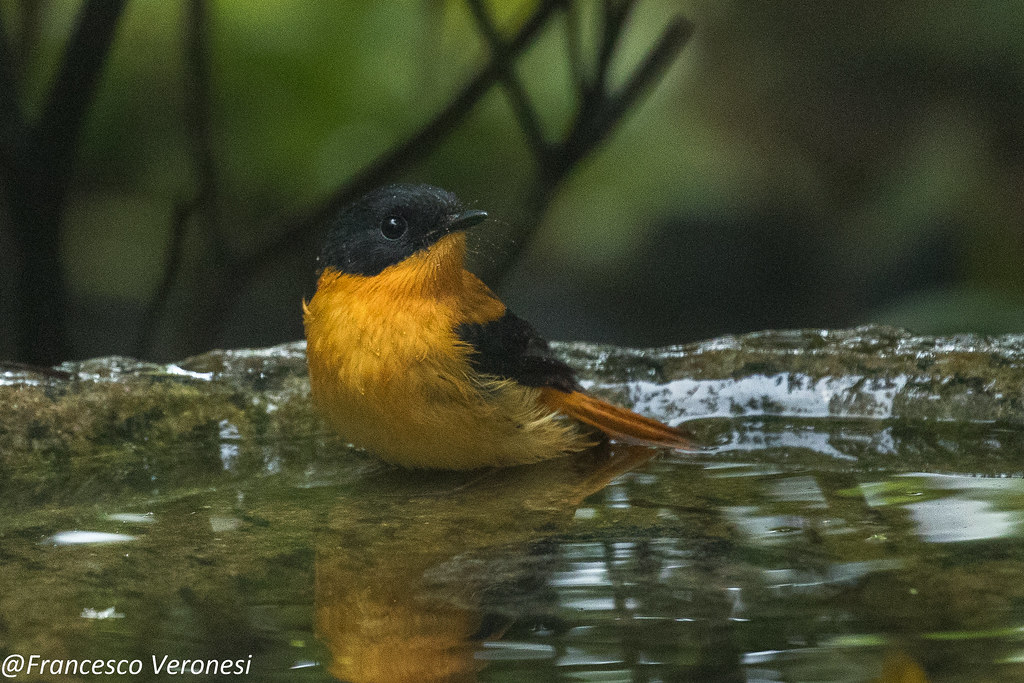

“Black-and-Orange Flycatcher – Munnar – Kerala CD5A5579” by fveronesi1 is licensed under CC BY-SA 2.0.
During the breeding season from March through to July the female builds a nest in a low bush or ferns which is ball shaped built from sedges on a base of dried leaves and ferns. She lays a clutch of up to two speckled greyish eggs within.
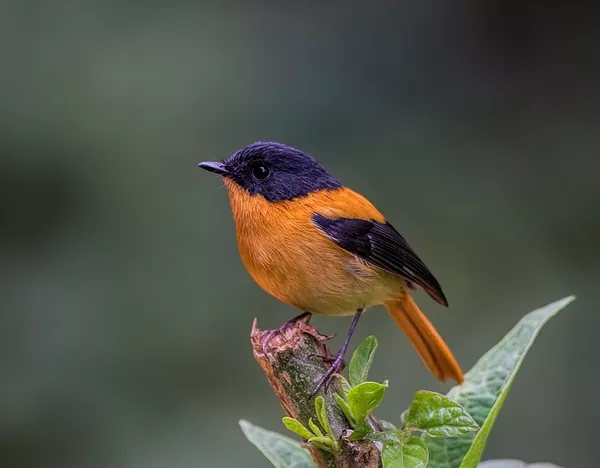

“File:The Black and Orange Flycatcher.jpg” by Antony Grossy is licensed under CC BY-SA 4.0.
This bird is regarded as of Least Concern on the IUCN Red List.
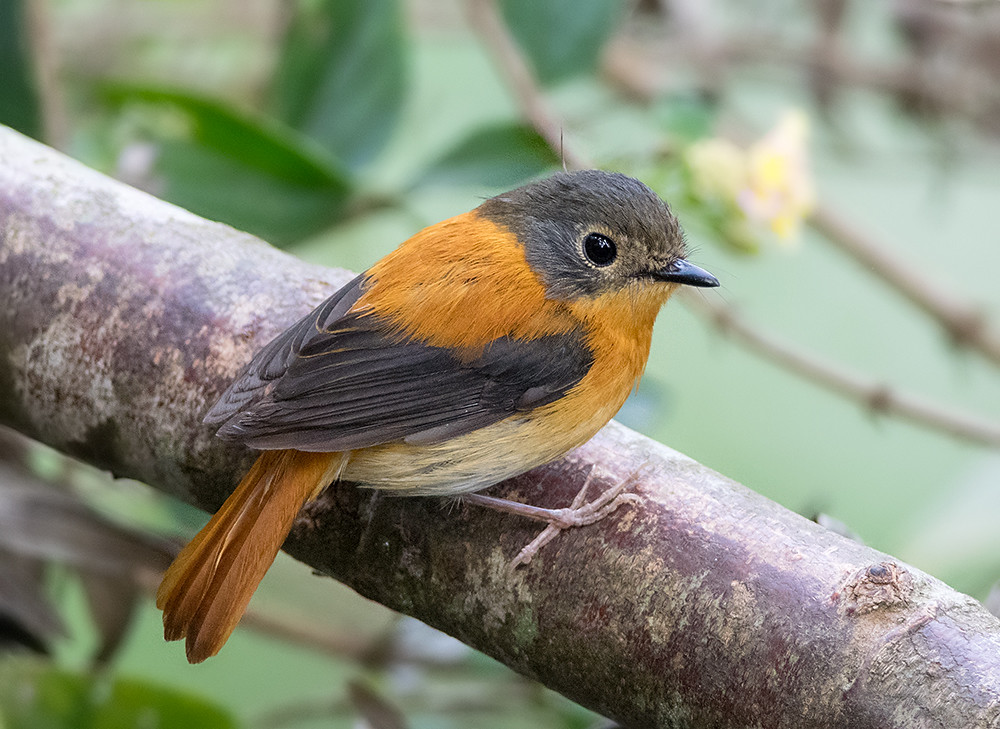

“Black & Orange Flycatcher” by T_Monk is licensed under CC BY 2.0.
You can watch this bird right here in the video below:




